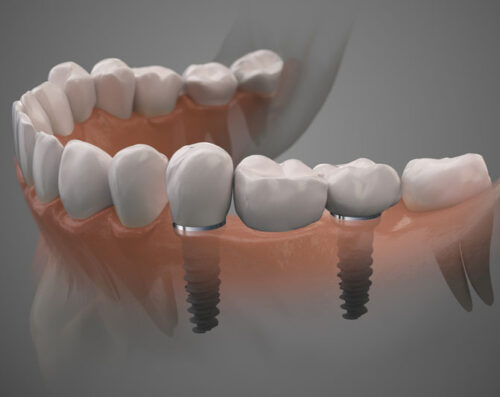The Intricacies of Tooth Transplants & Why Dental Implants Are the Better Choice
Basics of implants — strong, natural tooth restoration with a metal post.

Tooth transplants are an innovative approach to restoring smiles and preserving oral health. While dental implants and dentures have long been used to replace missing teeth, tooth transplants offer a unique alternative that can yield long-lasting results.
This complex process requires precision and expertise, and it is typically recommended when a natural tooth can be saved and used elsewhere in the mouth. Unlike dental implants, which rely on artificial components, tooth transplants use the patient’s tooth, making it a more natural option for maintaining oral health.
Deal-Breaking Differences Between Implants & Transplants
When it comes to restoring missing teeth, understanding the deal-breaking differences between implants and transplants is crucial. Dental implants involve placing artificial tooth roots, usually made of titanium, into the jawbone, providing a permanent and durable foundation for replacement teeth.
In contrast, dental transplants typically refer to procedures where natural teeth, often from other parts of the patient’s mouth, are transferred to a new location. The key distinctions lie in longevity, compatibility, and procedure complexity. Implants boast a higher success rate and longevity. At the same time, transplants can face challenges like rejection or healing complications, making implants the preferred choice for most patients seeking long-term dental restoration solutions.
The Process of A Tooth Implant
Dental implants are an advanced solution for replacing missing teeth, designed to provide a stable and durable foundation. The process begins with a thorough consultation, where the dentist evaluates the patient’s oral health and determines the best treatment plan. The first step in the procedure is the surgical placement of a titanium post into the jawbone. This post acts as an artificial root, mimicking the function of a natural tooth root. After surgery, the patient undergoes a healing period known as osseointegration, during which the jawbone fuses with the implant, creating a strong anchor.
Once the implant has successfully integrated, an abutment is attached, followed by the placement of a custom crown that matches the surrounding teeth. One of the significant advantages of dental implants is their longevity; with proper care, they can last for many years, often a lifetime. Additionally, implants help preserve jawbone density, preventing the bone loss that typically occurs after tooth loss.
Conclusion to Tooth Transplants & Dental Implants
In summary, while both dental implants and transplants aim to restore function and aesthetics to a person’s smile, they do so in fundamentally different ways. Implants are artificial solutions that provide excellent durability and support for jaw health, while transplants utilize natural teeth and can be a viable option under the right conditions. Ultimately, the choice between these two approaches should be guided by a dentist, considering factors such as the patient’s overall dental health, specific needs, and personal preferences. Each option has its benefits and challenges, and understanding these differences can help patients make informed decisions about their dental care.
Are you ready to restore your smile with dental implants at our skilled and trusted dental practice? Don’t wait to get the smile of your dreams with us. Contact our doctor, Dr. Arthur Greyf, and our exceptional team to schedule an appointment today!

